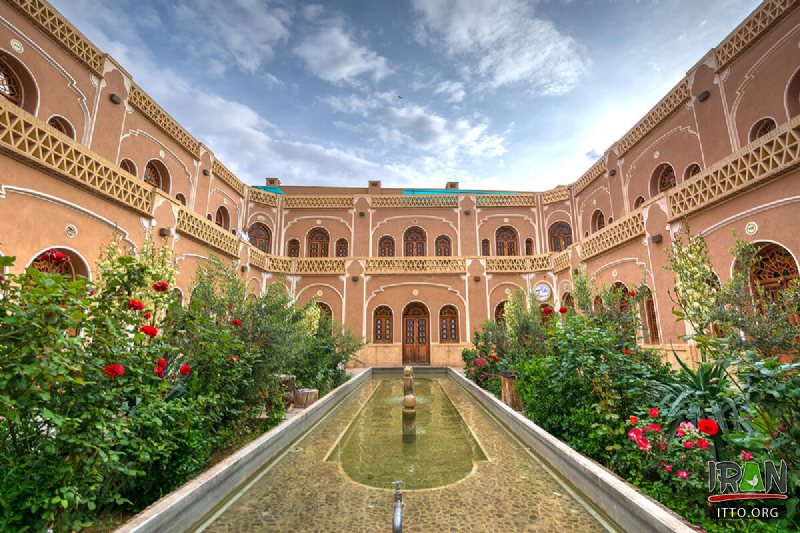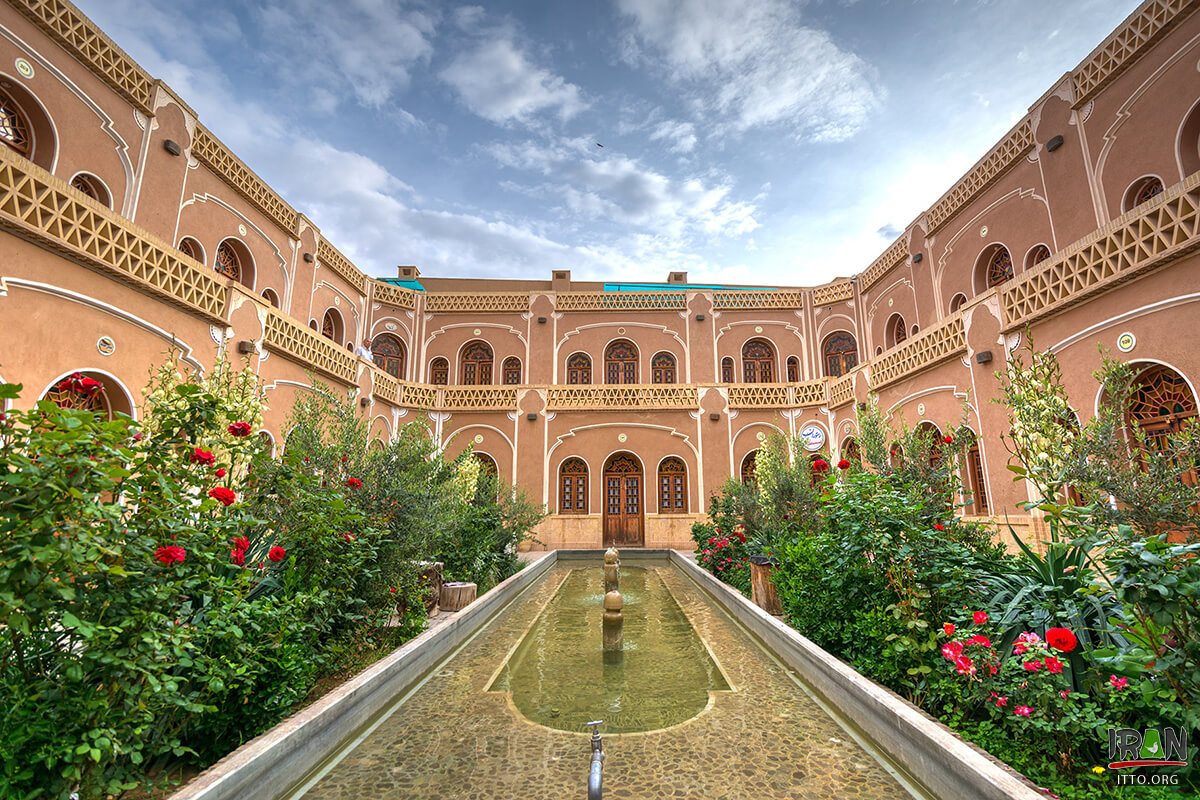For many travelers to Iran, staying in or even visiting a centuries-old caravanserai, can be a wide experience; they have an opportunity to feel the past, a time travel back into a forgotten age!
Such roadside inns were originally built in various epochs along ancient caravan routes in the Muslim world to shelter people, their goods and animals. The former Silk Roads may be the most famous example dotted by caravanserais.
Cozy chambers that are meticulously laid out around a vast courtyard may easily evoke spirits of the past. It’s not hard to fancy the hustle and bustle of merchants bargaining on prices, recounting their arduous journeys to one another while their camels chewing hay! You can also conceive the idea of local architectural style and material in its heyday.
Passing major roads in the country, one may see crumbling caravanserais many of which abandoned for ages. In the Information Age, such guest houses have largely lost their actual usage.
However, a couple of years ago, Iran tourism body introduced a scheme to keep them alive and profitable; tens of caravanserais are ceded to the private investors for better maintenance. Now, some are exclusively renovated, repurposed into boutique hotels and tourist lodgings.
Caravansary is a compound word combining “caravan” with “sara”. The first stand for a group of travelers and sara means the building.
They often had massive portals supported by elevated load-bearing walls. Guest rooms were constructed round the courtyard and stables behind them with doors in the corners of the yard.
Iran’s earliest caravanserais were built during Achaemenid era (550 -330 BC). Centuries later, when Shah Abbas I assumed power form 1588 – to 1629, he ordered construction of network caravanserais across the country.
Here is comments of two international travelers to the restored Zein-o-din caravanserai in Yazd province, central Iran:
“A great way to experience Iran,” Paula G. from London posted to TripAdvisor in April.
“There are nearly a thousand of these caravanserai dotted all over Iran, some in disastrous states of disrepair some like Zein-o-din restored to the glory days when camel trains spotted here on the return from the Orient laden down with silk and spices. Sleeping arrangements are basic but the food is hearty & tea never ending.
One can wander in the desert before locking up time (but beware, the local wildlife is speedy) & then watch the sun descend below the mountains from the rooftop as the sky comes alive with stars. Alternatively should the night prove too chill the central courtyard may be the place for entertainment until the eyelids become too heavy,” she wrote.
Another visitor to the caravanserai says, “We came across Zein-o-din Caravansary on our roadtrip. It has been a haven for wear travelers including us for hundreds of years. We had chai (tea) and great exploration of the building, and the needed bathroom break. We even took a peek at the different rooms. The bathroom is very clean and well supplied. I will definitely consider staying there on my next trip to Iran.”
From another point of view, caravanserais acted like a bridge facilitating travel, commerce and cultural exchanges for centuries between East, Central Asia, Middle East and the West.



